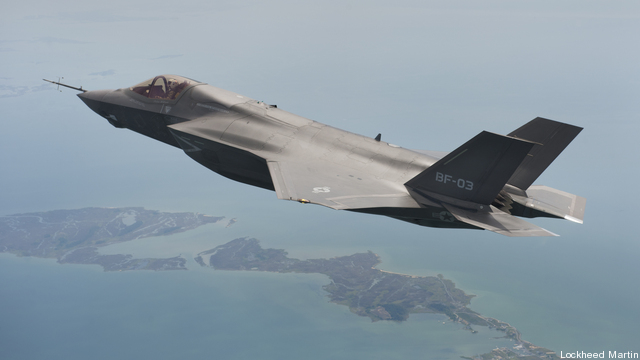liuzhengdong
Member
- Jun 9, 2024
- 23
- 23
- Country of Origin

- Country of Residence

The United States is indeed lagging behind in anti-stealth radar, and it has not yet been deployed in the military.Because it says it is anti stealth then it must be so, eh? Type055 has the most powerful chinese made aesa (so they say) antenna and it was jammed when it tried to track and jam Pelosi's plane flying to Taiwan... that was a small taste what the US can do to "high-tech" PLA equipment.






